'That spring scent may be poisoning you' – 6 surprising sources of toxic phthalates in your home, and what to replace them with
They’ve recently been linked to heart disease, a study shows

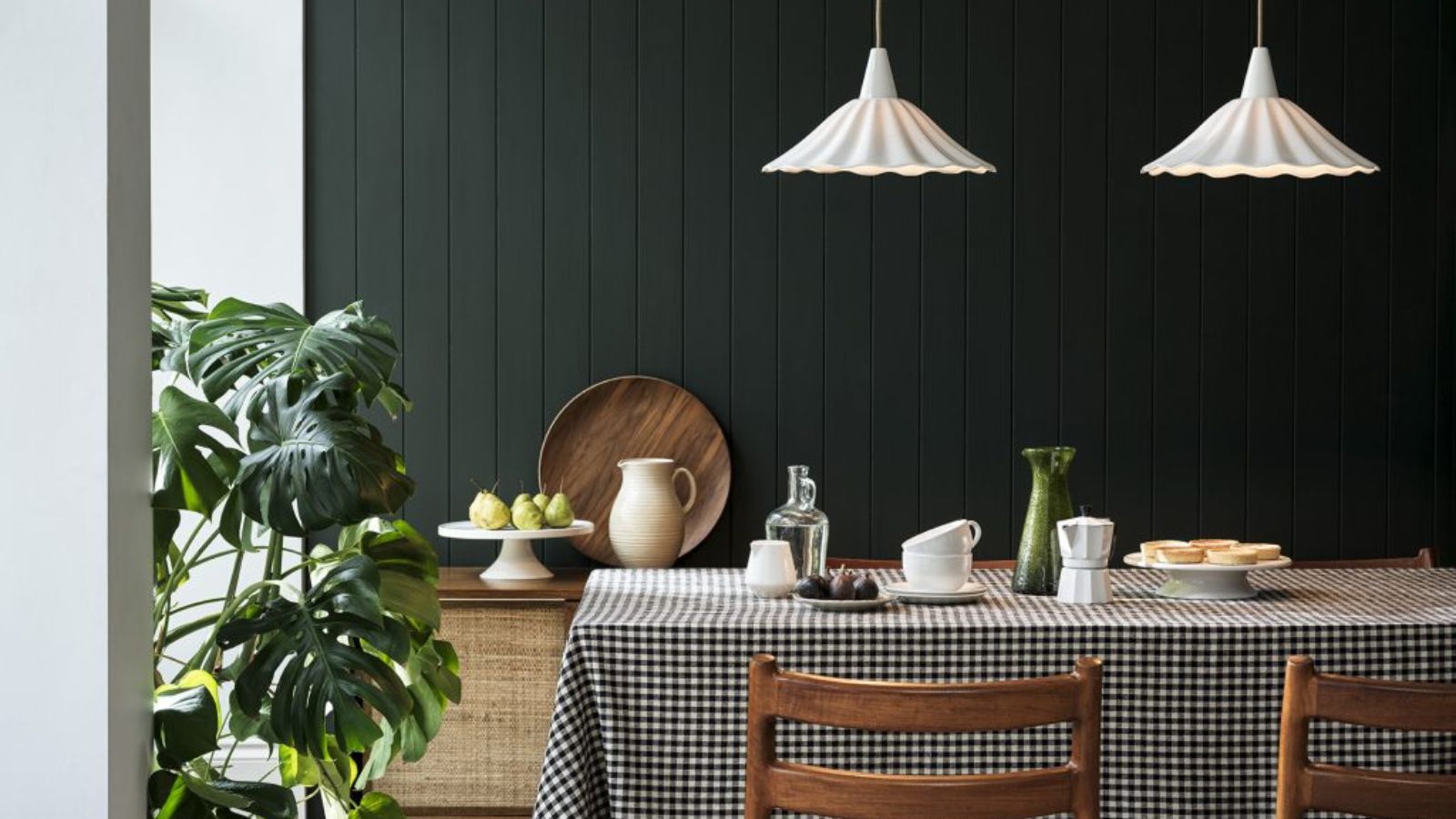
Phthalates are a common ingredient in thousands of products that we use all over our homes, including some surprising sources of phthalates you may have never given a second thought.
However, a recent study in the Journal of Environmental Pollution found that this toxic ingredient is ‘associated with all-cause and cardiovascular mortality.’ While they stress the need for further studies to corroborate the results, they have advised that regulatory action and steps towards reducing exposure are needed.
That’s why we have asked environmental lawyers and designers to shed some light on the surprising sources of phthalates and what to replace them with to help you create a non-toxic home.
Surprising sources of Phthalates in your home
Before you start with the decluttering tips, it's best to understand what phthalates are and why they are dangerous for our health.
Aminah Taariq-Sidibe, manager of End Plastics Initiatives at EARTHDAY.ORG, explains, ‘Phthalate particles leach into the air, attach to household dust, and are inhaled and ingested. They can also be absorbed through the skin, especially from personal care products. Long-term exposure has been linked to hormonal disruption, reproductive issues, and other health concerns.
‘To reduce exposure, opt for natural materials like cotton, glass, line or wood, choose fragrance-free or phthalate-free personal care items, and replace vinyl items with safer alternatives like PEVA (Polyethylene vinyl acetate) EVA (Ethylene vinyl acetate) which are both still made of plastic but are generally phthalate-free. Best of all pick natural fabric-based options if you can.’
The most common sources, as listed in the study, are plastic food containers and non-stick cookware. But there are some less obvious sources in your home worth tackling.
Design expertise in your inbox – from inspiring decorating ideas and beautiful celebrity homes to practical gardening advice and shopping round-ups.
1. Scented air fresheners
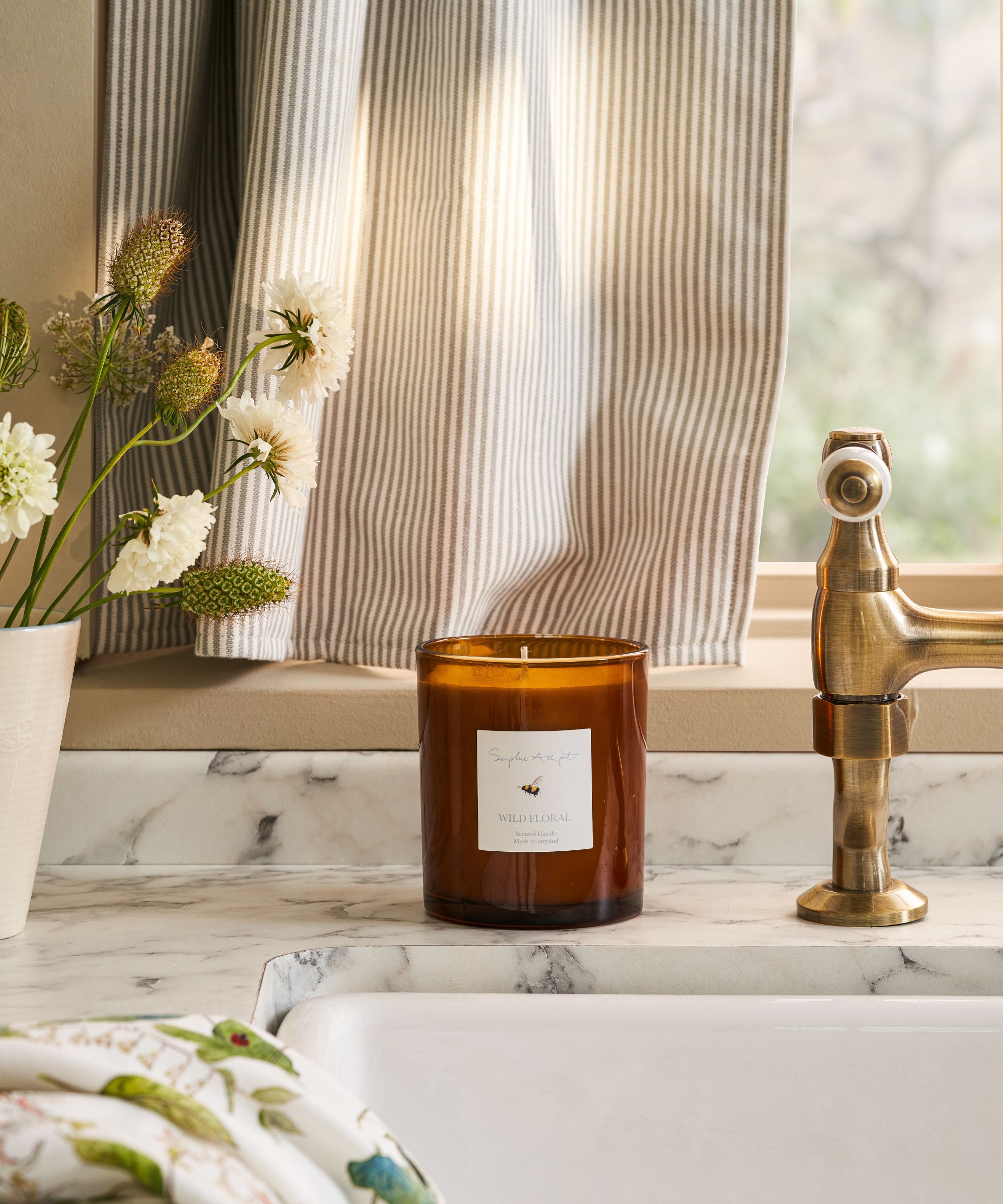
Picking naturally scented soy candles is a good way to avoid some phthalates.
One of the top surprising sources of phthalates in a home is home fragrance. Luckily, however, there are some great non-toxic ways to make a home smell nice instead.
Consumer environmental attorney Vineet Dubey, co-founder of Custodio & Dubey LLP, shares, ‘Scented air fresheners often contain phthalates hidden in the chemicals used to create the fragrance. So that “spring meadow” scent may be poisoning you a little bit even as it sweetens the air.
‘The safer alternatives include scented oil diffusers and beeswax or soy candles with cotton wicks.’
The non-toxic, phthalate-free candles hand-poured by the Sugar and Salt Candle Co. at Etsy are also a great swap if you want to make your home smell nice when you’re sensitive to fragrance.
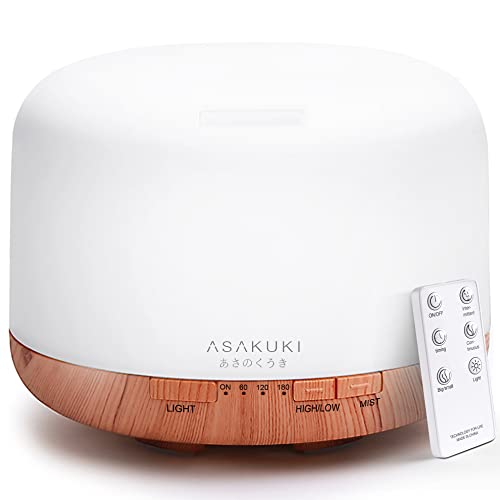
Essential oils are one of the best ways to scent a home naturally. This oil diffuser works with any oil you choose, making it the perfect way to fully control your home fragrance.
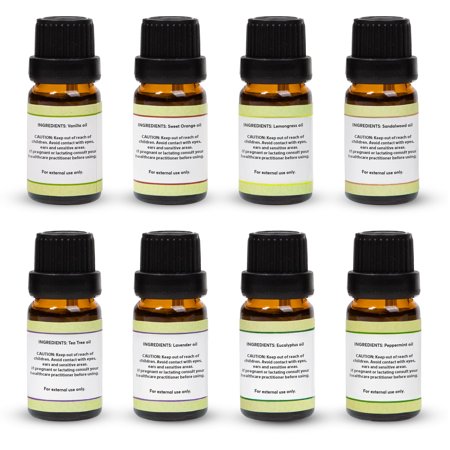
With scents ranging from lavender to tea tree, this starter set of essential oils is perfect for those who love to customize their home's scent and mix their own cleaning products.
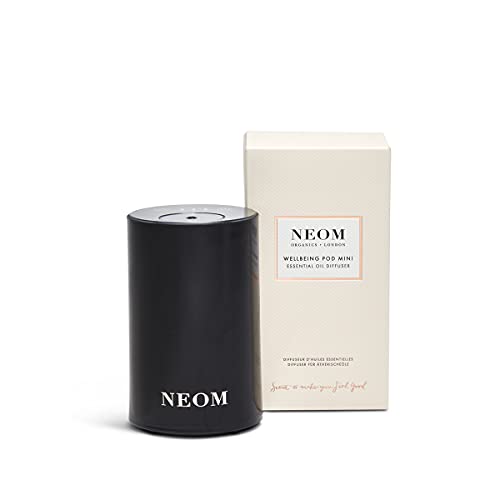
If you have pets or young children visiting or don't want to leave a candle unattended, an oil diffuser is a safer bet. This rechargeable portable diffuser negates the need for plugging in electronics in your bathroom spaces. It only works with NEOM oils, however.
2. Vinyl flooring

Opting for natural flooring is a safer bet that will stand the test of time.
Vinyl kitchen flooring ideas are an affordable, low-maintenance option for busy households, but they are yet another surprising source of phthalates in your home.
Vineet continues, ‘Other common and surprising sources of phthalates are many types of vinyl flooring, especially sheet vinyl, LVP, or vinyl tiles. In California, newer vinyl flooring products are labeled “phthalate free” because regulations were tightened.
However, the same products sold elsewhere likely carry that same label on their packaging. Look for those products, or consider bamboo or wooden planks, stone, or ceramic tiles for your flooring ideas instead.’
3. Some school supplies and toys

Picking natural fibers and wooden toys is better for your child's long-term health as well as the environment.
Perhaps one of the most worrying sources of phthalates in homes with children is their school supplies and toys, especially for younger children who regularly put toys in their mouths.
Vineet says, ‘Parents may be surprised to learn that many school supplies contain phthalates. Anything made of soft vinyl – backpacks, pencil bags, notebooks, and vinyl pockets or packaging. Every time your child touches that product, their skin is being exposed to phthalates.'
This applies to their bedroom or playroom storage ideas.
'Opt for fabrics or alternative materials such as canvas, cotton, or phthalate-free certified by organizations like OEKO-TEX or GreenGuard,' Vineet advises. 'Choosing these safer alternatives helps limit daily exposure and supports a healthier learning environment.'
‘The same goes for a lot of toys, especially those made of soft plastic. Be choosy. Look for wooden toys, fabric dolls made of cotton or felt, non-toxic paints, and so on.’ We have some smart tips for decluttering toys and encouraging your family to declutter to make this task a little less painful for everyone.
When swapping toys, this Magnolia wooden toy cooking set from Target, is a great option, and for younger children, the Magnolia wooden play table, also from Target, limits their ability to put toys in their mouths.
4. Interior paints

Low VOC paint is healthier for you and your home.
There are several important reasons to use low VOC paints, but the lower phthalate levels are at the top of the list.
Marc Jambert, cofounder and interior design consultant at MAREDI Design, shares, ‘Our very first rule of thumb is talking about healthy paint options, some of which are mineral-based.
'We avoid acrylic paint, which is the most common type of paint used globally, as these often contain VOCs and can contain PFAs. This is an easy product swap that anyone can pursue.’
The one downside is that Eco paints are often a little more difficult to source or come at a higher price point. When you weigh up this effort with the long-term impact on your health when making a remodel more eco-friendly, however, it’s worth it.
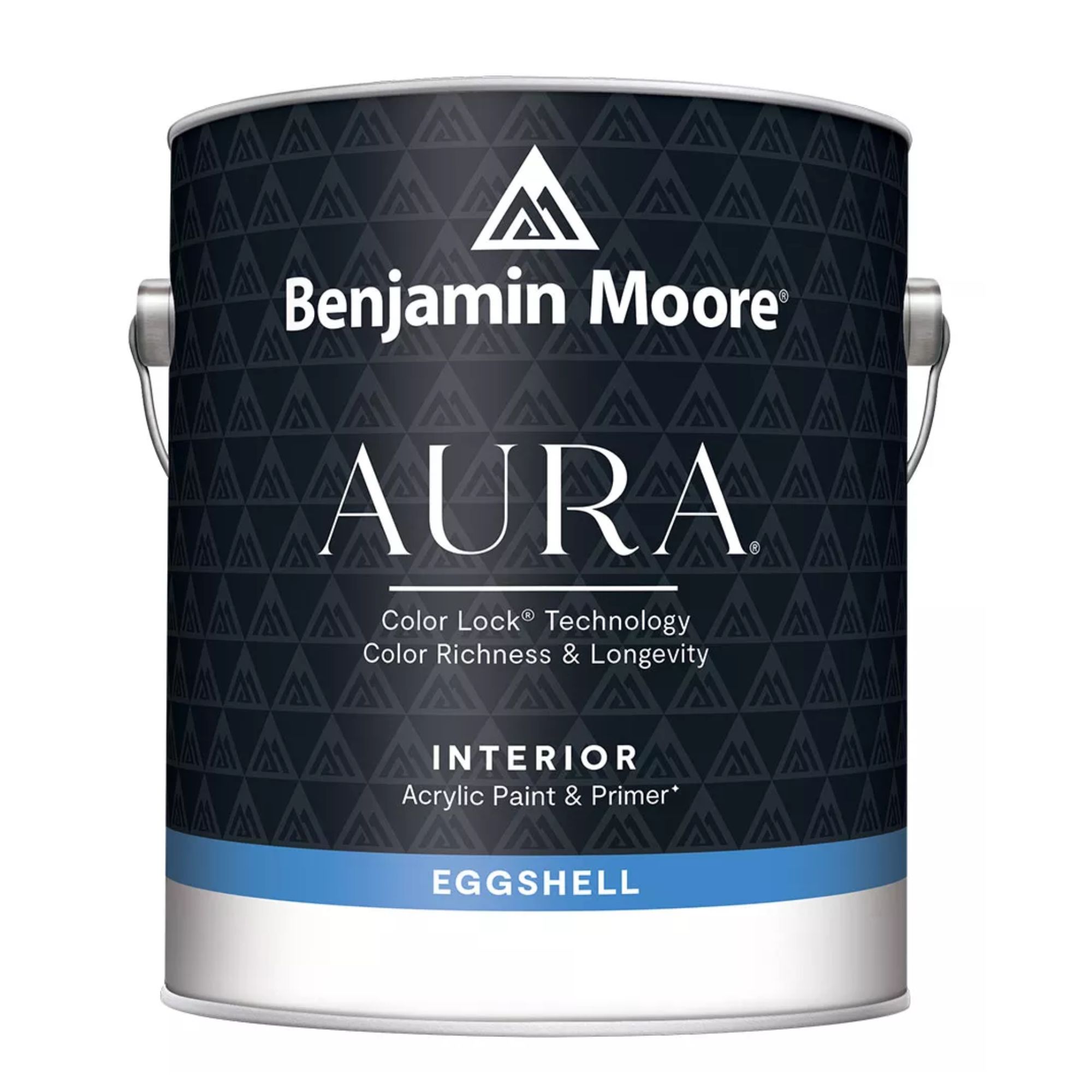
With color lock technology, this interior paint contains minimal VOCs, with unparalleled depth and richness.

With an activated carbon filter, this respirator mask protects against dust, gases, and organic vapour, with an adjustable size to fit most people.

With multiple filter choices, this air purifier features a 99.97% filtration efficiency, with a toxin absorber filter specifically designed to tackle VOCs.
5. Some textiles and upholstery
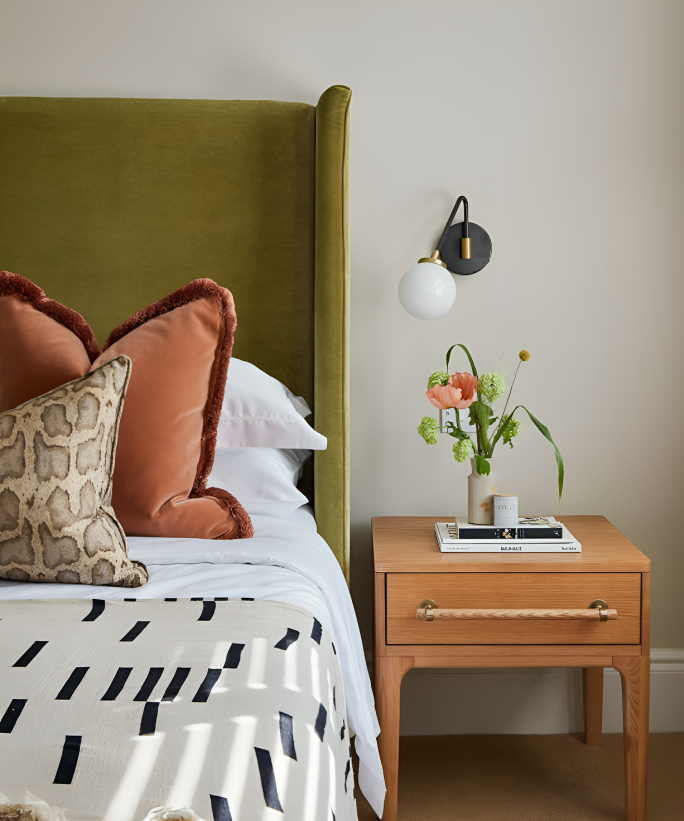
Be aware when picking fabrics for your space.
When choosing the best upholstery fabrics, we usually think about the patterns and colors first, then the comfort. We rarely think about the chemicals, including phthalates, that we are introducing to our spaces.
Marc adds, ‘We also avoid using any textiles that claim to be water or stain repellent. What this typically indicates is that they have been treated with chemicals that contain PFAs, which release the toxic chemicals in our homes over time.
'We typically work with natural textiles and fibers, such as wool, cotton, jute, or hemp. These are some of the most natural and longest-existing fabrics that have been used for centuries to create upholstery and textiles – with the right care and maintenance, when cleaning upholstery, products made from these materials can last a lifetime.’
The Puracy Professional Carpet and Upholstery Shampoo, available at Amazon, works when cleaning carpets and upholstery by hand, and with the best carpet cleaners for pets to lift stains and odors with its 99.36% natural formula.
6. Scented body products
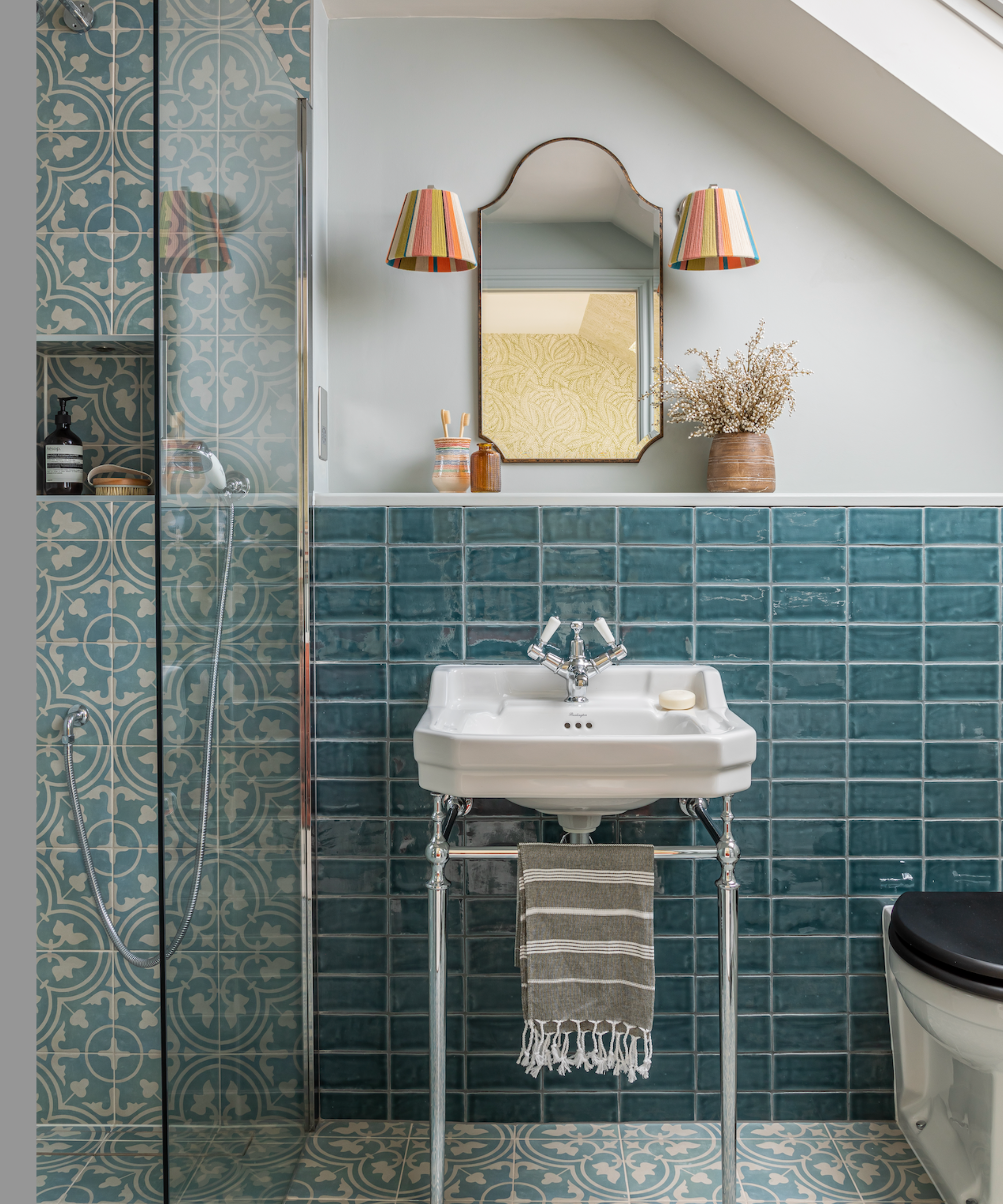
Bathroom products are a bog source of phthalates.
If you are concerned about phthalates, you may also want to declutter your bathroom. Beyond the phthalates in plastic shower curtains and non-slip mats, many body products are also packed with phthalates.
John Gardella, chair of PFAS, environmental, risk management, and consulting groups at CMBG3 Law, suggests, ‘With cosmetics and body care products, look for products that say phthalate free, or look at the ingredients for acronyms like DBP, DEP, DMP, BBP and DIDP, which are common phthalates used. Beyond that, look for products using any sort of “fragrance” or “perfume” as an additive. That commonly signals phthalates.’
Attitude, the manufacturer of EWG-Approved non-toxic cleaning products, also offers oatmeal sensitive non-toxic body wash, at Walmart, to help you detox your routine.
Tips for avoiding phthalates at home
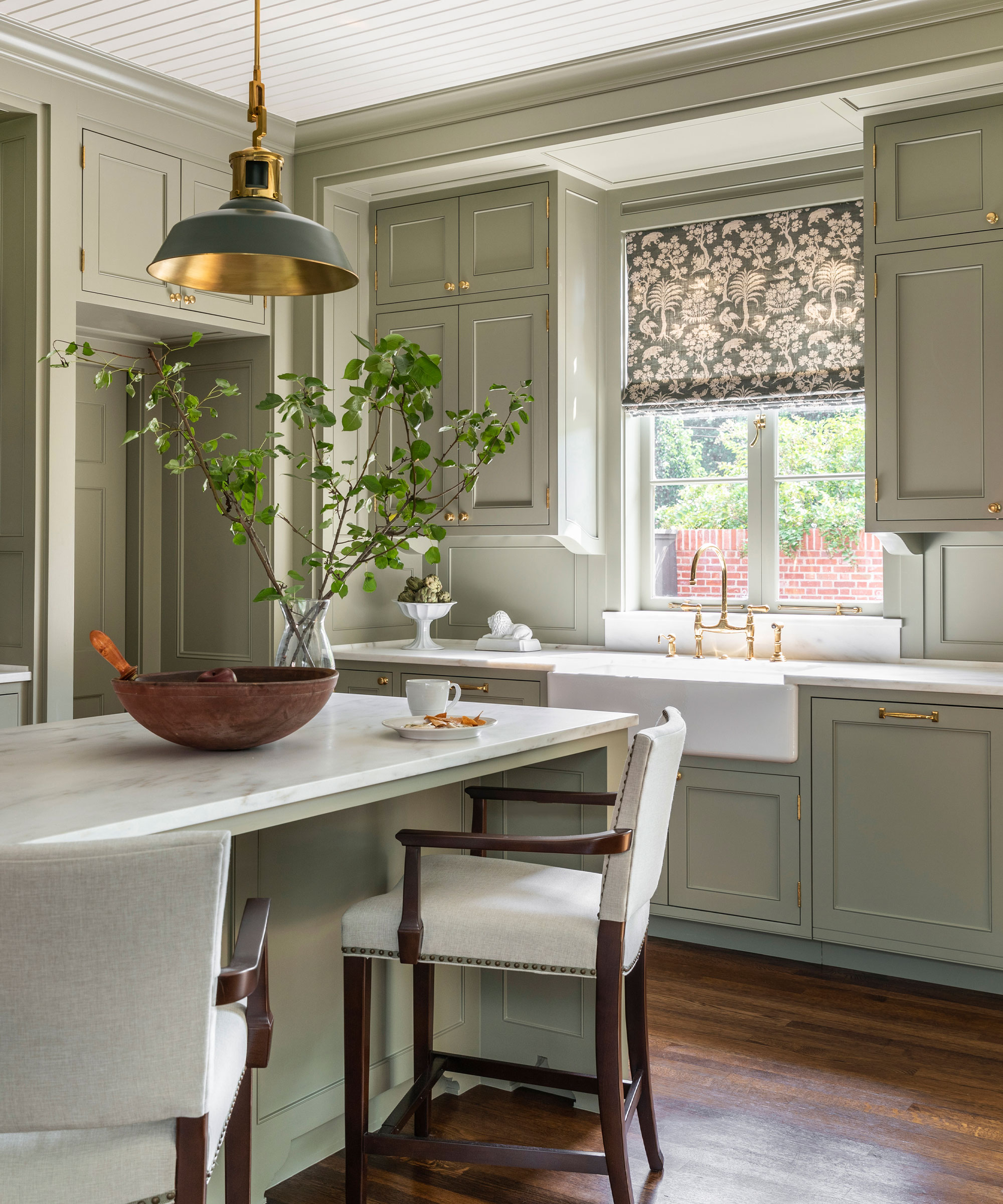
Don't forget about the sources of phthalates in your kitchen, too, such as plastic containers and non-stick cookware.
Given that phthalates seem to be everywhere, they are pretty tricky to avoid altogether. However, there are some steps you can take to limit your exposure at home.
Jen Baxter, designer and founder of Baxter Hill Interiors, explains, ‘The good news is that our bodies quickly clear them from our systems when we stop our exposure – so it's a good thing to target these and remove them from your home.
‘A great source about harmful chemicals that I learned about in my studies at NYSID on this topic is the Six Classes (by the Green Science Policy Institute).
'Their recommendations to avoid phthalates are to minimize the use of plastic altogether, especially avoid those with recycle code three, avoid fragrance products unless you are confident they are from a health-conscious company, and be aware that phthalates can remain in household dust.
'The Yuka app tells you when there are harmful chemicals in a product, and it works for food. I use it all the time before I bring new products into my home. Keeping your home clean and washing your hands before eating will help reduce exposure.
It can also be helpful to invest in some healthy home upgrades to improve your wellbeing, such as the best air purifiers, such as the Shark NeverChange Air Purifier from Best Buy, which we rated the best air purifier overall.
Meanwhile, water filtration systems such as the Waterdrop Under-Sink Filter System, also from Best Buy, helps eliminate chlorine and fluoride before the water leaves your faucet.
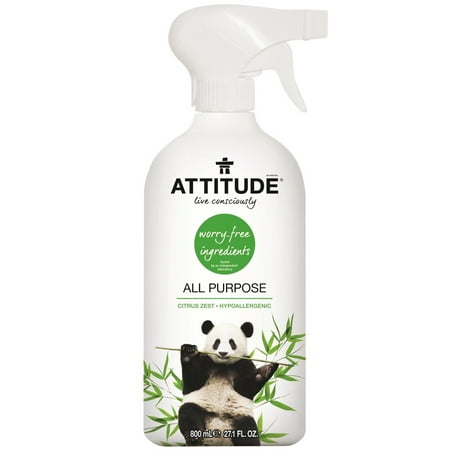
The Attitude products are certified by the Environmental Working Group as the healthier option for your home, containing no toxic chemicals that could pose a risk to your health.
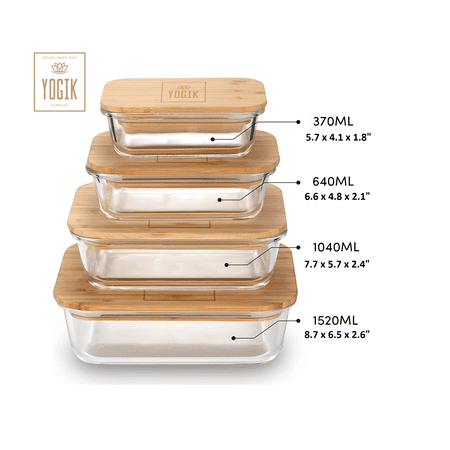
Glass containers with wooden lids limit your exposure to PFAs and Phthalates in your kitchen. They are also fridge, freezer, microwave, and oven safe, making them perfect for leftovers and meal prep.
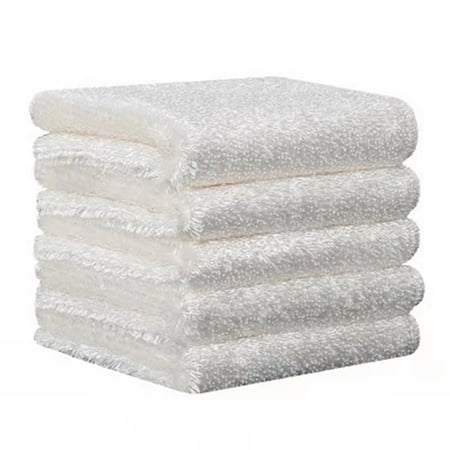
Bamboo cloths are a PFA-free alternative to traditional microfiber cloths, helping to limit toxins in your home when washing dishes and dusting.
Meet the experts

Aminah leads EARTHDAY's strategic efforts to reduce plastic pollution by overseeing campaign communications and advocating for policy changes.

Vineet has dedicated his career to cleaning up the environment to ensure the safety of our planet for future generations. Because of Vineet’s advocacy, thousands of products tainted with Lead, Cadmium, Phthalates, and other cancer-causing chemicals, have been taken off the shelves and cleaned up.

Marc has over 10 years of international experience in the design industry. He believes in using in healthy materials, and focuses on regenerative design and innovation.

As a seasoned trial attorney with over 75 verdicts, John is the Chair of the firm’s PFAS, Environmental, Risk Management & Consulting, and ESG practice groups. His predictive risk abilities with respect to PFAS earned him the honor of being the only person in the country who was recognized as a thought leader on PFAS in 2020 and 2021 by the esteemed National Law Review.
When it comes to limiting your exposure to PFA's and phthalates, it is also a good idea to swap to non-toxic cleaning products to help fully detox your home and improve your health.

Chiana has been at Homes & Gardens for two years and is our resident 'queen' of non-toxic living. She spends most of her time producing content for the Solved section of the website, helping readers get the most out of their homes through clever decluttering, cleaning, and tidying tips. She was named one of Fixr's top home improvement journalists in 2024.